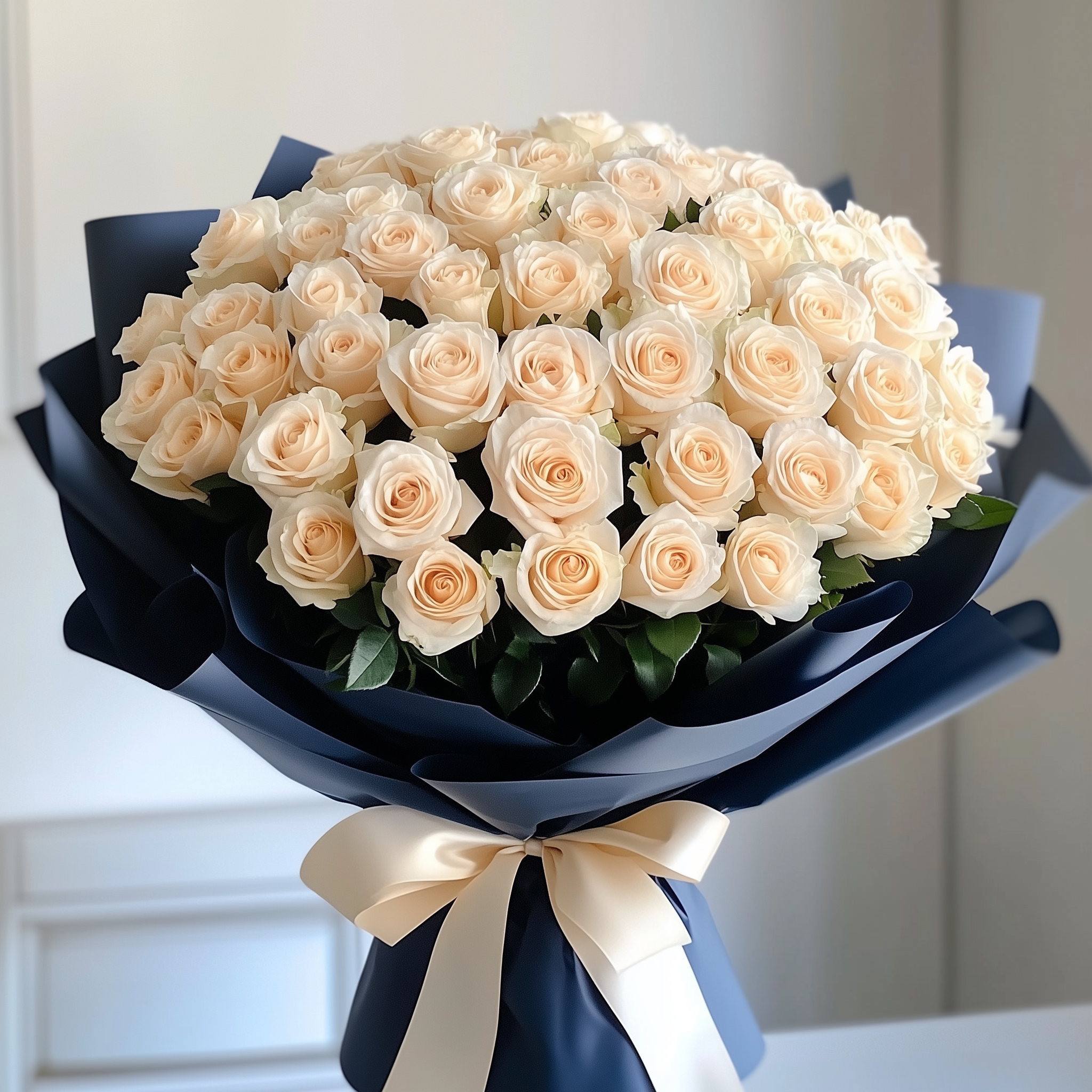A Guide to Roses in the Literary Classics
Roses have held a prominent place in literature throughout the ages, symbolising a myriad of themes, emotions, and ideas. This guide explores the significance of roses in various literary classics, outlining key examples and their implications.
The Rose as a Symbol of Love
One of the most prevalent themes associated with roses is love. The beauty and fragility of roses make them an ideal representation of romantic feelings.
William Shakespeare's "Romeo and Juliet": Shakespeare famously mused, "A rose by any other name would smell as sweet." This line highlights the rose as a symbol of love and beauty, while also suggesting that identity is not solely defined by external factors.
Edna St. Vincent Millay's "I, being born a woman and distressed": In this poem, the rose is depicted as a representation of desire and the complexities of love. Millay uses the flower to explore femininity and the power of attraction.
The Rose as a Symbol of Transience
Roses also symbolise the fleeting nature of life and beauty.
John Keats’s "Ode to a Nightingale": Keats contrasts the fleeting beauty of the rose with the eternal nature of art. The rose's delicate petals can serve as a reminder of the impermanence of human existence, evoking a sense of melancholy.
Robert Herrick’s "To the Virgins, to Make Much of Time": In this poem, the rose represents youth and the urgency to seize the moment. Herrick’s imagery underlines the idea that beauty and youth, much like a blooming rose, are temporary.
The Rose as a Symbol of Suffering
In some literary contexts, roses can represent pain, suffering, and the duality of beauty and suffering.
T.S. Eliot's "The Love Song of J. Alfred Prufrock": Eliot uses the rose metaphorically, suggesting the protagonist's inner turmoil and hesitancy in romantic pursuits. The rose embodies both desire and the facade of ease in engaging with love.
Jean-Paul Sartre's "Nausea": In this existential work, the rose embodies the absurdity of life and the struggle to find meaning. Its beauty is overshadowed by existential angst, capturing the conflict between appearance and reality.
The Rose in Nature and Spirituality
Roses have also been employed in literature as symbols of nature and spirituality, often representing purity and resurrection.
Dante Alighieri's "The Divine Comedy": In the final vision of the celestial rose, Dante presents the rose as a symbol of divine love and grace. This imagery signifies the ultimate goal of the soul’s journey towards spiritual enlightenment.
William Blake's "The Sick Rose": Blake’s poem reflects on the themes of innocence, sexuality, and decay. The rose, while beautiful, is tainted by the notion of corruption, illustrating the duality inherent in nature.
HK florist tips
Roses in literary classics serve as versatile symbols, representing love, transience, suffering, and spirituality. Their enduring presence in literature highlights their rich significance across various genres and time periods. Understanding the multifaceted roles that roses play can deepen one’s appreciation of these works and the themes they explore.

